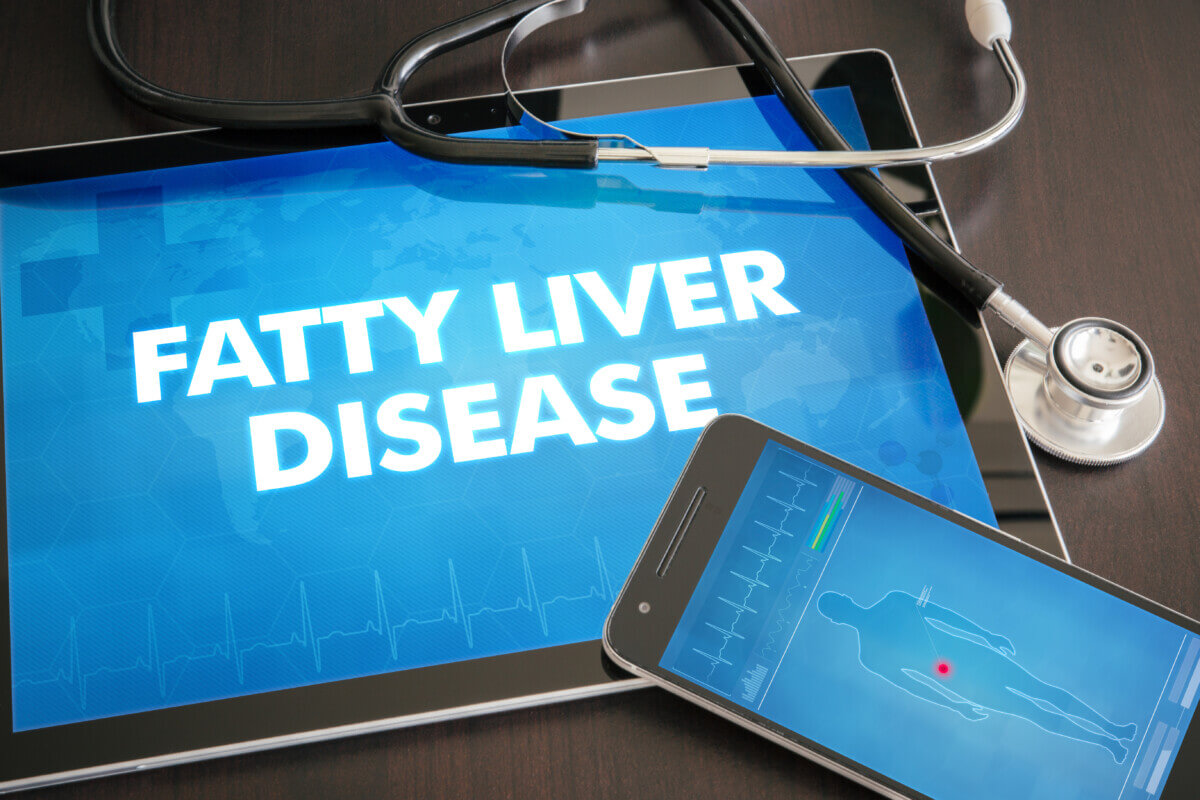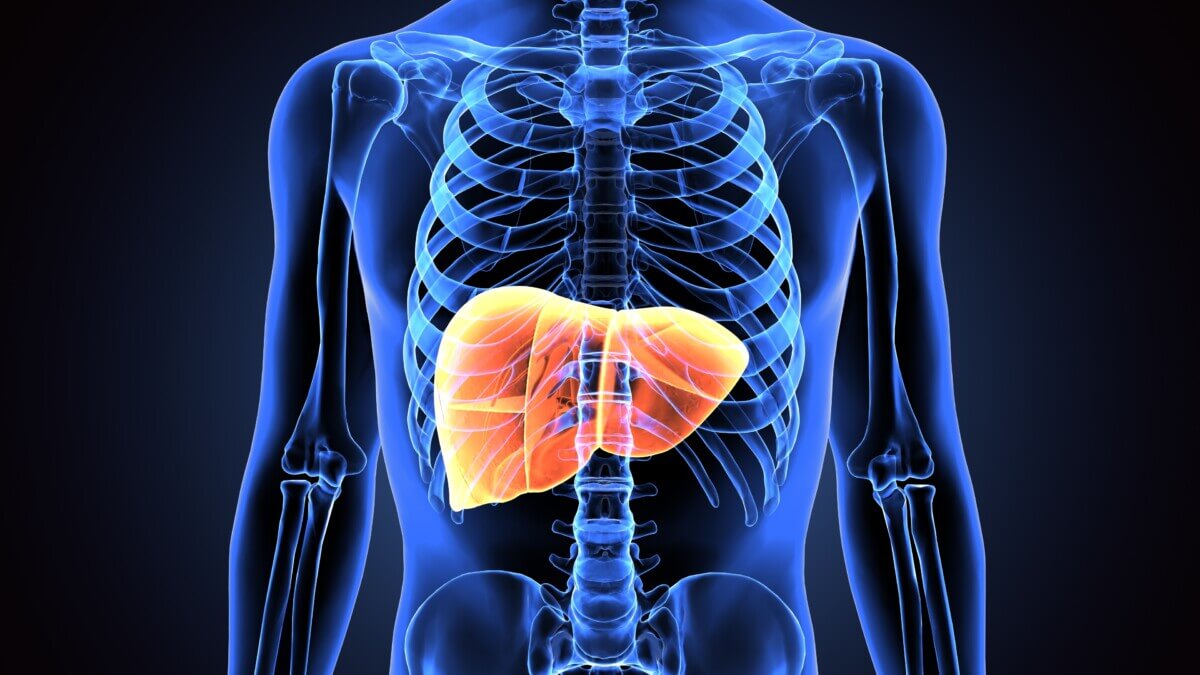
(© ibreakstock - stock.adobe.com)
GUANG DONG, China — There's a promising new drug target for a previously untreatable condition — non-alcoholic fatty liver disease (NAFLD). This symptomless condition, where fat accumulates in the liver, affects roughly 25 percent of the global population. Left unchecked, NAFLD can lead to other serious ailments like Type 2 diabetes, heart disease, and even liver cancer.
“Increasing physical activity and reducing calories can help to manage NAFLD but such lifestyle changes are only effective in its early stages,” says study lead author Mengyao Wu, from Guangzhou University in China, in a media release. “No medication is available to reverse the excessive fat storage in the liver once NASH has developed. Therefore, we urgently need to unravel the mechanisms of NAFLD to find targets for the development of diagnostic tests and cost-effective therapies.”
Think of NAFLD as a fat buildup in the liver due to reasons like poor nutrition, inflammation, and even some viral infections. When untreated, it can progress to NASH (non-alcoholic steatohepatitis), where the liver accumulates scar tissue. This can potentially pave the way to liver cancer.

Researchers turned their focus to a molecule mainly found in the liver – the adhesion G-protein coupled receptor (Adgrf1). This molecule, part of a large and diverse family of receptors present on cell surfaces, had been a mystery to scientists in terms of what function it played in the liver. Some members of this receptor family play a role in NAFLD, but they’re also present in other organs, potentially causing side-effects. Adgrf1 mainly exists in the liver, marking it as an attractive target.
When researchers fed mice a high-fat diet, their liver's Adgrf1 levels dropped significantly. Yet, when these levels weren't suppressed after a fatty diet, the mice developed diabetes-like features.
By applying gene therapy to block Adgrf1 in obese mice, the team observed reduced fat accumulation in the liver. Blocking Adgrf1 reduced markers that indicate liver damage. These findings imply that Adgrf1 plays a role in fat synthesis.
To see if these mouse model findings applied to humans, researchers analyzed gene expression data from liver biopsy samples across a range of disease stages. The data showed that obese individuals without NAFLD had lower Adgrf1 levels than their lean counterparts. However, both obese individuals with NAFLD and lean individuals without the disease had similar Adgrf1 levels. This unexpected result seems tied to liver inflammation in NAFLD patients, which raises Adgrf1 levels.
“We have found evidence for a novel role of Adgrf1 in regulating fat metabolism in the liver,” states study senior author Chi-Ming Wong, associate professor at The Hong Kong Polytechnic University. “The findings of our study pave the way for further research into the safety and efficacy of targeting Adgrf1 for the treatment of people with fatty liver disease. If confirmed, this could provide a new therapeutic approach for patients.”
The study is published in the journal eLife.










